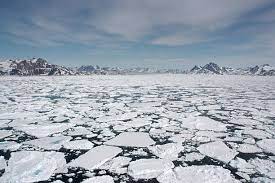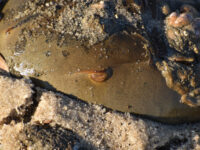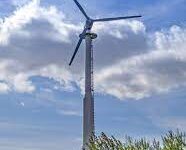Yolanda Quispe, a park ranger at the Quelccaya glacier in Peru, is greatly saddened at the dismal state of what was once the world’s largest tropical ice cap, she told The Guardian journalists who joined her in the park. Located at the heart of the Peruvian Andes, the climate crisis has had a direct impact on the village of Phinaya and other neighboring communities that lay at the foot of the glacier.
“Without the ice cap, without water, we cannot live. It will affect, above all, our children and grandchildren. It is they who will be affected the most by climate change,” Quispe told The Guardian.
Besides serving as an invaluable water source that is critical for survival and business endeavors, there exists a strong cultural interconnectivity between the glacier and its inhabitants. The strong bonds that the inhabitants of Phinaya maintain with the surrounding nature serve as an integral part of their identity that ties the community together, mentions The Guardian. Through the simple act of drawing water from the glacier, individuals are given a chance to converse and exchange information that may be crucial to the continual upkeep of the community. Without the glacier’s presence, there would be fewer opportunities for these social exchanges to occur, which would result in reduced apathy and cooperation.
On a community level, the melting of Quelccaya has caused more grass to dry out, which has threatened the alpaca business. Twenty years ago, the number of alpacas in Quispe’s family declined from 1,000 to 205 due to the steady decrease in water, The Guardian reported. Even though this is only a singular problem, the densely populated villages neighboring Phinaya have likewise been negatively impacted. In Bangladesh, reduced business profits have resulted in increased crime rates in part due to the country’s high population density, according to Eco-Business.
“Twenty years ago, the number of alpacas in Quispe’s family declined from 1,000 to 205 due to the steady decrease in water. “
As individuals experience more violence and instability in their day-to-day lives, this could lead to a more “self-centered” frame of mind due to the prioritization of one’s livelihood over other larger issues. For that reason, efforts geared toward solving community-wide concerns with glacial melting may be slowed.
In the relentless pursuit to make a profit, most of the younger generation has migrated to neighboring cities such as Arequipa and Puno to search for other business ventures, mentioned The Guardian. As a greater number of the younger generation leave their homeland, this further contributes to disunity within the community as less “able-bodied” individuals are able to support various infrastructural, social, and political needs that arise. As time passes and birth rates decrease, it will be increasingly difficult to sustain an active population that has the full-fledged ability to combat the problems arising from the melting of Quelccaya, as stated in The Guardian.
On a global scale, the melting of ice results in higher rates of global warming. As solar radiation hits the ice, 90% of heat rebounds off the mass and is reflected into the atmosphere, meaning it is not absorbed by the Earth. Furthermore, the melting glacier can be equated to “pulling nature’s plug,” which releases entrapped methane and carbon dioxide gas from the frozen layers into the existing net of greenhouse gasses.
This endless loop of gas absorption and emission has encouraged individuals to come up with “multipronged” solutions that serve to address the same problem from different angles. In 2019, the village of Phinaya decided to join the Regional Conservation Area of Ausangate, which contains over 164,000 acres of endangered mountain range, according to the Andes Amazon Fund.
This area is home to a large number of wildlife, including alpacas that are threatened by the melting of Quelccaya. By providing a safe environment for these animals, the village of Phinaya is able to continually sell their wool for profit to sustain their loved ones. Furthermore, Cusco and Peru are looking to utilize the region for nature-based tourism opportunities, which could further improve the overall economic situation.
Possible smaller-scale solutions include targeting the younger generation by incorporating wildlife conservation strategies within the school systems. As these children will soon serve as the majority of the community’s inhabitants, the choices they carry out will have the most direct impact on the Phinaya village and the generations that follow.
Due to the cultural, social, and economic significance that the glacier plays, it is clear that the Quelccaya is more than just a water source. As a result, the inhabitants of Phinaya have been relentlessly seeking solutions to the negative consequences of global warming. Even so, the future remains optimistic as the villagers’ community-wide efforts continually serve to combat the unforeseen changes that arise.






